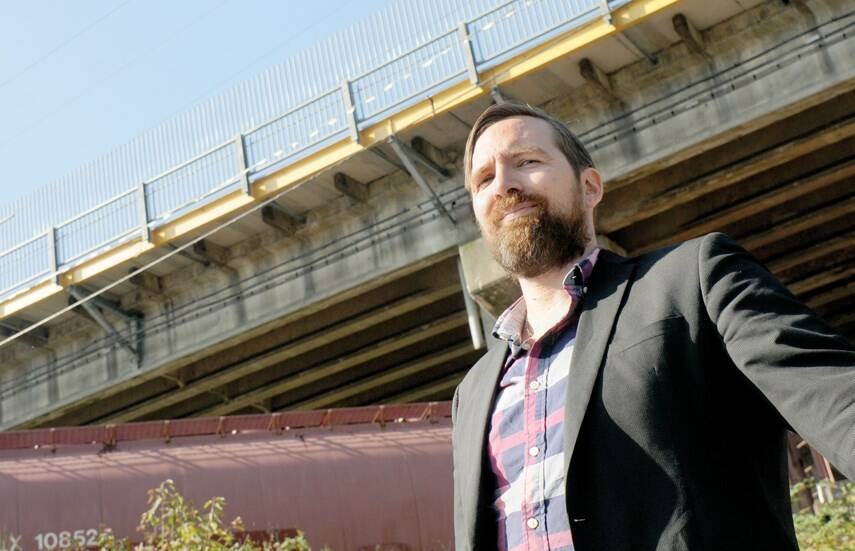In the context of rapid population growth and insufficient housing development, the North Shore and Metro Vancouver have seen a significant increase in housing costs over the past 15 years.
With the elections behind us, and transit-oriented development legislation (mandating higher densities) subsequently secured through Bill 47, multiple developers and landowners are lining up to move forward with massive community-altering development proposals across the North Shore. The combined scale of these proposals is unprecedented for the North Shore, rivaling the number of housing units built during previous growth spurts following the opening of the two existing bridges.
Each jurisdiction will be impacted by the various development schemes, which will cumulatively add tens of thousands of new housing units, along with retail, office and leisure space, over the next decade or two. West Vancouver and the Squamish Nation will be impacted by proposals centred on Park Royal and the First Nations lands adjacent to the Capilano River and Lions Gate Bridge.
The District of North Vancouver will be seeing major development in the Capilano/Marine and Lower Lynn areas, and will be impacted by First Nations developments at the north end of the Ironworkers Memorial Bridge.
The City of North Vancouver will also be managing the creation of a major new hub centred on the area between Capilano Mall and Harbourside. Large towers, once limited to Lonsdale and Ambleside, are now being developed, or are proposed, in multiple locations across the North Shore.
While there may be a range of viewpoints on the quantity and form of density that is suitable or desirable on the North Shore, it is essential that the conversation turn to the adoption of sound planning principles to evaluate (objectively), direct (geographically), limit (based on constraints), shape and mitigate (form, use and connections), and absorb (with the intent of generating benefits, including better transit, new shops and services and improved community amenities and parks). As planners, we are obliged to look out for the broader public interest, while acknowledging the constraints of the neighbourhood, infrastructure networks and all stakeholders. Positive outcomes are only possible when the scale and design of development respects the constraints of infrastructure, amenities and the environment.
As a planner and academic, I have long seen the potential for major development to occur across the North Shore. Over the past seven years, I made numerous attempts to push our leaders towards investment in a cost-effective hybrid form of surface and elevated light rail transit (LRT) between the North Shore and the rapid transit network in Vancouver and Burnaby. The urgency of my pleas was in relation to severe traffic congestion generated by current demand, but I also outlined a scenario that would see 20 per cent of future regional growth occurring in the vicinity of this corridor (including First Nations). The recent announcement of several major development schemes on the North Shore, along with the ongoing build out of Brentwood and Metrotown, and the potential development associated with Bill 47, will undoubtedly mean that this process is unfolding at an accelerating rate.
Without rail transit in place, development will generate much higher vehicle trips on an already-congested network, and additional parking will be required. Furthermore, the design of dense, new developments must be oriented to the alignment of rapid transit. In the case of the 3,400-unit redevelopment at Capilano Mall, current designs assume rapid transit will follow congested Marine Drive, a route that is likely not viable for rail transit. Route and technology selection must be finalized before irreversible design mistakes are made, efficiencies are lost, and costs increase.
While this may be a cause for alarm, there is much that we can do right now to evaluate, direct, shape and mitigate. Most importantly, I implore our leaders (all levels of government) to see the magnitude of what is going on and to prioritize the North Shore for the next regional rail rapid transit project. With the pending completion of the Surrey-Langley and Broadway (to Arbutus) SkyTrain projects by the end of this decade, we must ensure that the North Shore line is ready for construction in 2030. This gives us five years to deal with planning the exact route and station locations, engineering constraints and the phasing of a new bridge next to Ironworkers.
Priority has been given to the extension of the Broadway subway to UBC at a likely cost of nearly $10 billion (based on recent subway costs in Toronto and Montreal), despite less than two per cent of future regional growth taking place there. Meanwhile, the North Shore has been offered a modest upgrade of bus services that is not even comparable to legitimate bus rapid transit systems in Ottawa or Winnipeg. At a fraction of the cost per kilometre versus subways, advanced LRT would run in a dedicated lane at surface (with signal priority), to minimize costs, but will include elevated sections where necessary (Park Royal to Capilano, east of Lonsdale to the PNE, south of Brentwood to BCIT), thus offering a competitive travel time versus the car at a fraction of the cost of SkyTrain. LRT also facilitates a more European style of density based on low and midrise buildings, with fewer towers, and high-quality pedestrian environments leading away from stations. Think Olympic Village rather than Metrotown, where towers proliferated around a mall and the elevated guideway of SkyTrain.
We are on the cusp of a massive wave of high-density development across the lowlands of the North Shore. There are potential benefits, but we are not ready! The development of rail rapid transit must be underway before our Councils unleash the effects on our inadequate infrastructure.
Dr. Stephan Nieweler is an independent planning and transportation researcher and consultant, based on the North Shore. He is an expert in rapid transit planning, transit-oriented development and downtown revitalization, having worked in Toronto, Ottawa, London U.K., Mumbai, and at TransLink in Vancouver prior to the recent completion of his doctorate.



